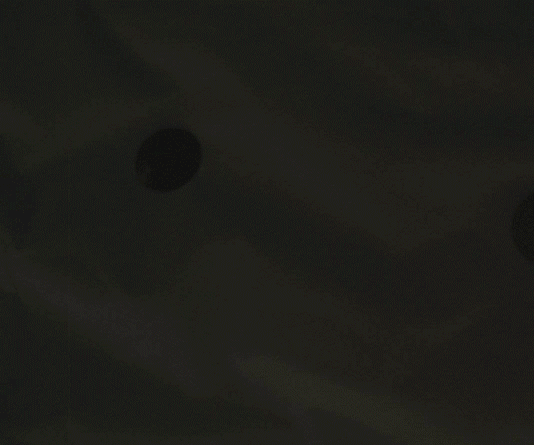Emily Lakdawalla • Aug 16, 2012
Some fun with Curiosity MARDI images
Yesterday Curiosity returned a pile of full-resolution descent imager photos to Earth. Curiosity's data return process is quite different to Spirit and Opportunity's. To oversimplify, those two kept all their data on a single flash drive; each data item gets a priority, and the rover fills each data pass with as much as it can downlink, beginning with the highest-priority data. Curiosity's instruments generate a huge and widely variable amount of data; that approach to data management just didn't scale up. So Curiosity's instruments mostly all have their own internal data storage, and each team tracks what data they still have onboard. But what that means is there has to be this "staging" step where data gets shifted from an instrument to the main computer for transfer to Earth. That hadn't been done for most of the MARDI data until yesterday.
The full-resolution MARDI images are just as great as we anticipated. As of the moment that I write this, there are 110 full-resolution frames on the ground out of the roughly 1500-image sequence. Most of these are separated in time by several seconds, but among the recently returned data are the first 42 frames, inclusive; we're on our way to getting the full-resolution movie speaking both in terms of temporal and spatial resolution. Of the first 42 frames, the first 26 are dark, taken before the heat shield separated. This is the 27th. I animated these and the subsequent ones, aligning them all (without rotating them) on a crater at the bottom center of the visible Martian surface, and was really quite amazed at how smooth the descent of the heat shield was. This version is at half the full resolution.

Some neat things to notice in this video: Look for the nine huge Wile-E.-Coyote-ACME springs located at the perimeter of the heat shield, which were what pushed it away from the rover when it was released. Also I like the shadow of the backshell cast onto the heat shield in the first several frames. You may notice some streaking from the heat shield; that's not dust or anything, that's an image artifact called "interline transfer smear."
Here's another idea I had for something fun to do with the MARDI images. I didn't have time to follow through on it, though, so I tossed the idea to the guys at unmannedspaceflight.com and in a few hours I had my wish granted by Francis X. Murphy, who goes by "Big Joe" on the forum (this is a reference to a named rock at the Viking 1 landing site). I wanted to see a mosaic of some of the descent images with multiple views of the heat shield preserved, in the spirit of one of my favorite-ever images, the "Many Rovers" version of the Pathfinder Presidential Panorama.
Another sharp-eyed member of unmannedspaceflight.com noticed that you can actually see the heat shield impact the surface in the MARDI descent images! He pointed to the original frame, here, where you can see a tiny "splat" at bottom center. Glen Nagle did a quick-and-dirty blink comparison of two MARDI images to show the before and after. KERRUNCH!

This data set just keeps getting better and better!
The Time is Now.
As a Planetary Defender, you’re part of our mission to decrease the risk of Earth being hit by an asteroid or comet.
Donate Today

 Explore Worlds
Explore Worlds Find Life
Find Life Defend Earth
Defend Earth


